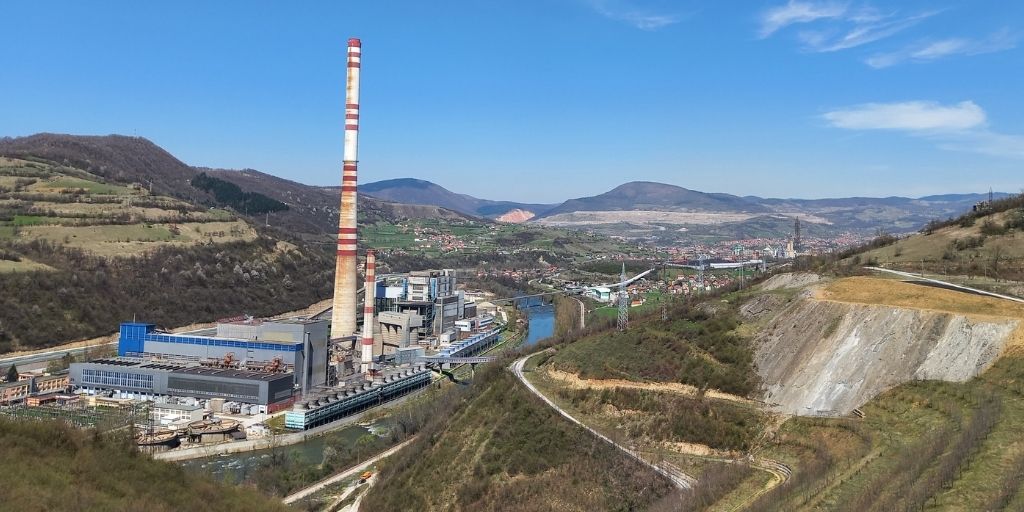Western Balkan coal power plants polluted twice as much as those in the EU in 2019

Briefing | 12 July 2021
The non-compliance of Western Balkan coal power plants with the emission limits enshrined in the Energy Community Treaty is reflected in the region’s high sulphur dioxide (SO2), nitrogen oxides (NOX) and dust emissions. This briefing looks mainly at the SO2 emissions between 2015 and 2019, and compares them to those of the then EU-28 Member States. It also studies NOX and dust emissions in relation to the electricity produced by coal-fired power plants.
The results make an urgent case for the discontinuation of coal-fired electricity production as well as urgent improvements in pollution control for those plants which need to operate for a few more years. Leaving coal behind is in the interest of Western Balkan countries seeking to improve their populations’ health and accede to the EU and would set course for an all-inclusive transition away from highly polluting coal for the entire EU and Energy Community region within the next 10-15 years.
Project: Banovici lignite power plant, Bosnia and Herzegovina | Coal in the Balkans | Kolubara B lignite-fired power plant, Serbia | Kolubara lignite mine, Serbia | Kosova e Re lignite power plant, Kosovo | Kostolac B power plant (B1,B2), Serbia | Kostolac lignite power plant, Serbia | Pljevlja II lignite power plant, Montenegro | Plomin coal power plant, Croatia | Rovinari unit 7 | Sostanj lignite thermal power plant unit 6, Slovenia | Stanari lignite power plant, Bosnia and Herzegovina | Tuzla 7 lignite power plant, Bosnia and Herzegovina | Ugljevik III lignite power plant, Bosnia and Herzegovina
Tags: Balkans | coal power plant
Never miss an update
We expose the risks of international public finance and bring critical updates from the ground. We believe that the billions of public money should work for people and the environment.
STAY INFORMED
